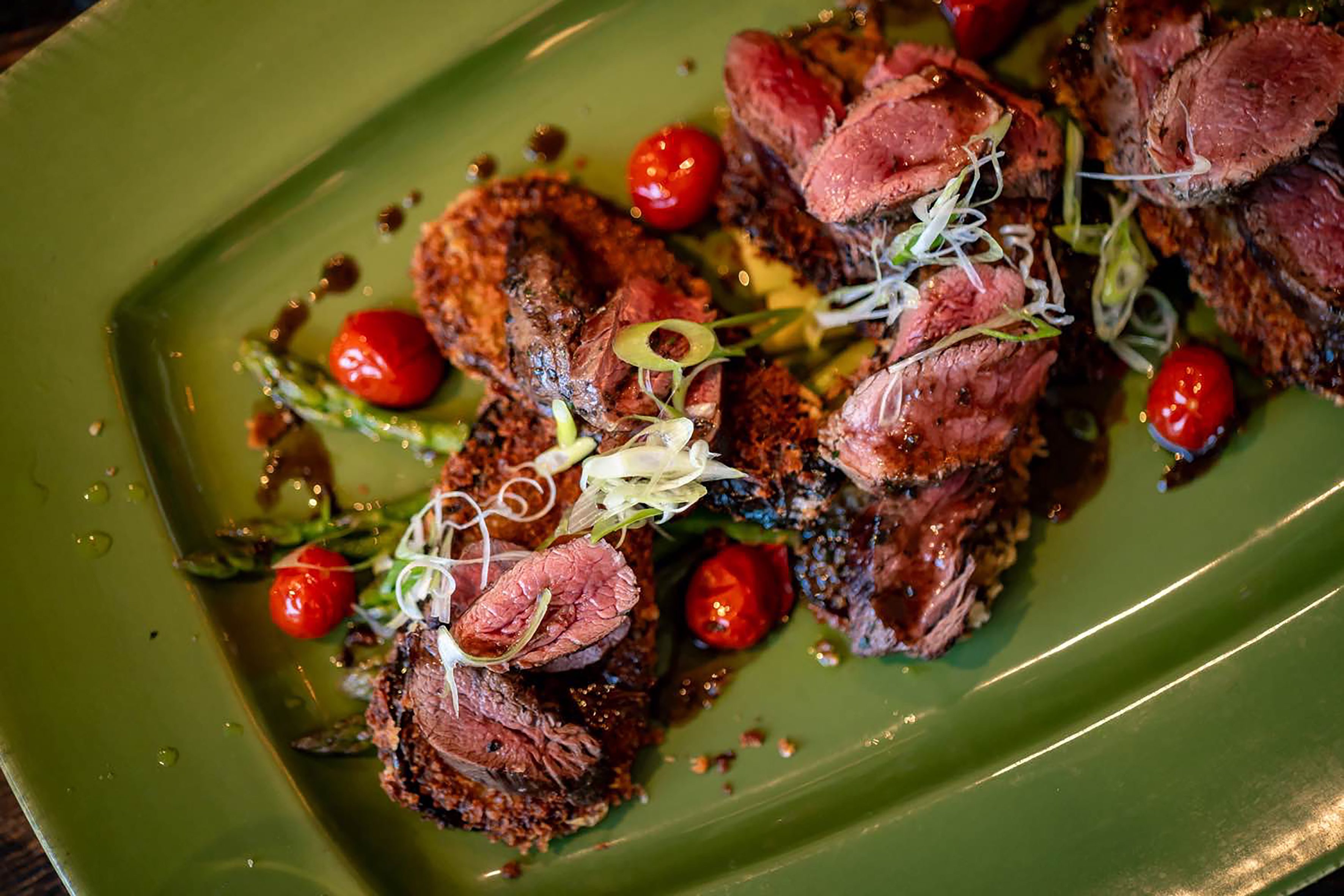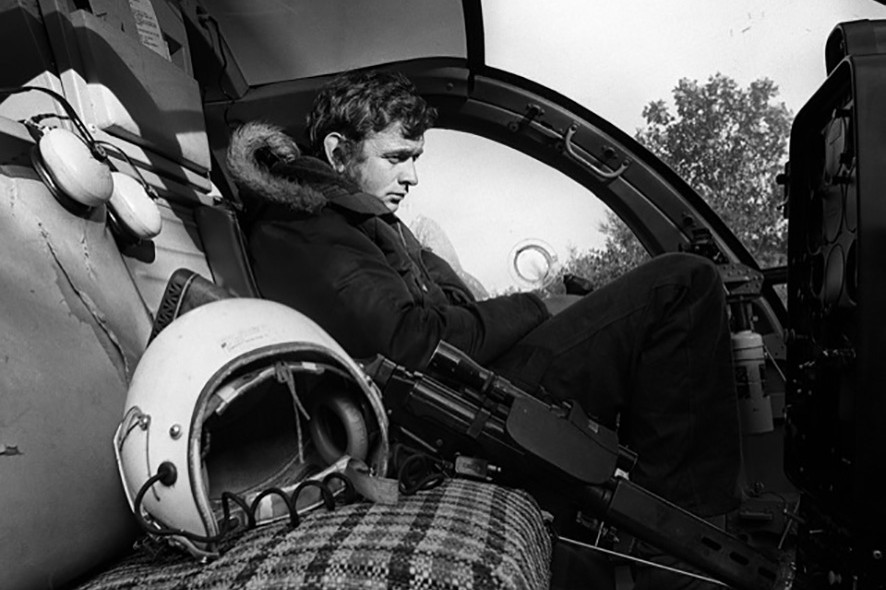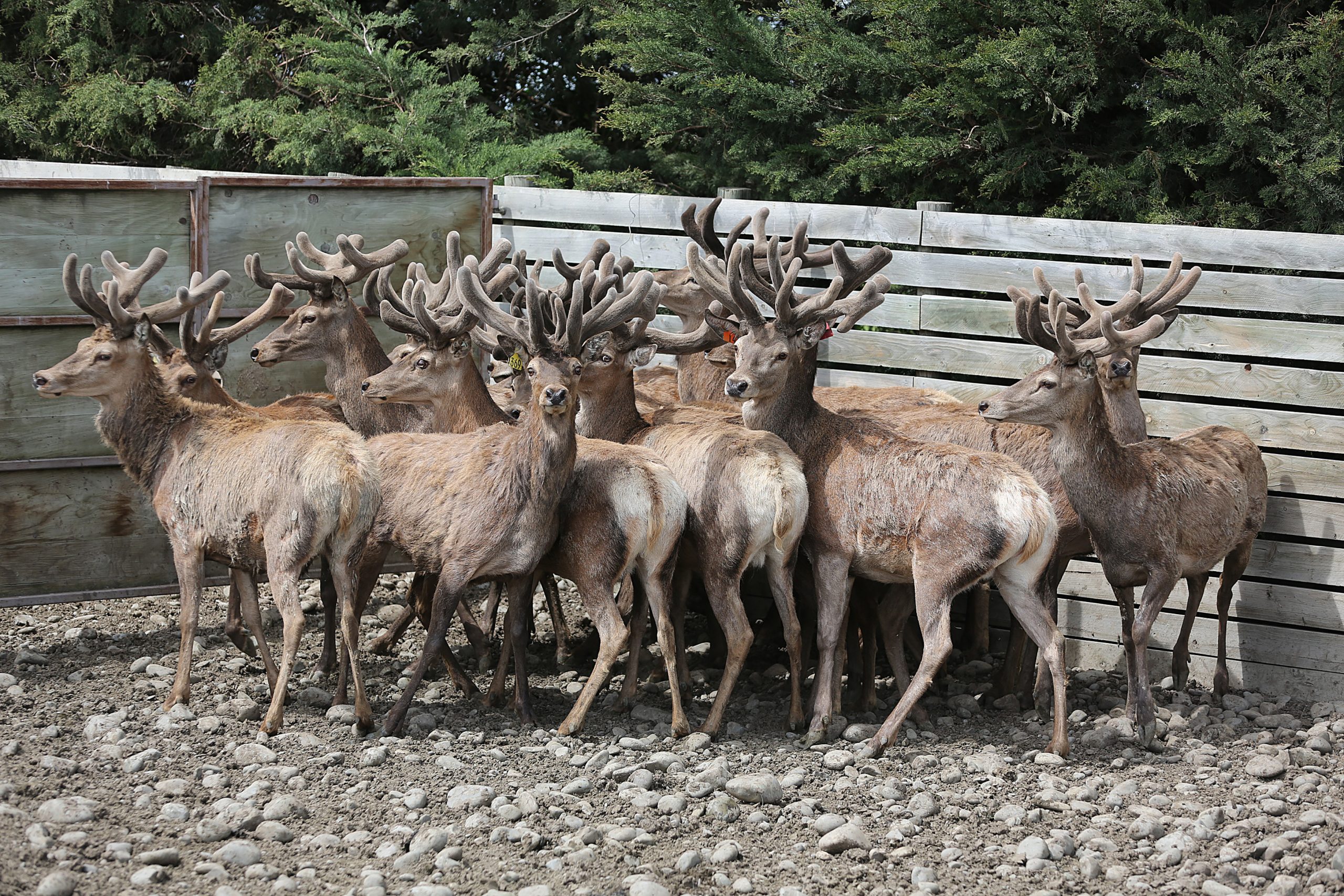Better your best
It’s what’s in their nuts that counts. And the team at Melior is confident their nuts have the goods when it comes to delivering fast growing, robust venison animals.

In Partnership with Melior
High selection pressure in a commercial environment, with a base of 2500 breeding hinds, coupled with extensive use of breeding values means stags from Melior are backed by both science and proven ability to stack up in the paddock.
Melior is located at Fairlie, in the Mackenzie District, with two properties, Stanton Station at Kimbell and the Kowhais, between Geraldine and Fairlie, on the south bank of the Opuha River heading up into the hills.
Melior managing director, Tom Macfarlane and wife Samantha, know genetics are a long play, which is why the stud is forward facing, always trying to understand what’s next, and how it can incorporate traits that will flow through to add value for its commercial farmers. “That’s why we use AI and embryo transfer, to accelerate genetic gain and find those curve benders.”
As a commercial farmer himself, Tom has always loved farm systems and understanding how genetics and feeding can come together to take results to the next level. Having used Melior genetics on his own farm, when the opportunity came up to purchase the stud in 2017, he and Samantha jumped at it. Since then, they have grown the stud, and put their own stamp on it.
The emphasis at Melior is on high performing animals that have been tested and proven under tough environmental conditions. “Performance is key. No performance, no profitability,” Tom says. “I’ve always been a farmer by nature and training and I’m very systems focused. I enjoy getting to know our farmers, understanding their systems and what makes them tick, and how we can add value with our genetics.”
With 2500 hinds there is no room for average here, high selection pressure means only the cream of the crop are kept, and they have complete confidence in backing everything they sell. A heavy focus on the use of breeding values ensures the ability to select superior genetics, taking out the influence of environment and feeding. “It’s what’s in their nuts that counts and we know they will perform. We have the confidence to put the animal under pressure and know it can handle the commercial environment.”
Breeding values selected for include the all-important growth, maternal traits, health traits (including parasite resistance and resilience) and a focus on meat and carcase traits with the use of ultrasound scanning on the eye muscle area. Next cab off the rank is extracting extra value from the carcase. They’re undertaking carcase assessment, looking at yield and exploring how that added value can be passed back to clients through genetics.
“I’ve always had a passion for genetics. It’s the constant improvement and seeing the progress in the paddock and bank account – you can’t do that just with feeding. It’s about how you incorporate those two factors, feeding and genetics. And I like working with deer, it’s enjoyable,” Tom says.
The Macfarlanes operate a diversified operation with 20,000 stock units across deer, sheep and beef. They understand the need for deer to integrate with other stock classes, and appreciate the varied income and benefits deer provide with parasite and pasture management, too.
Visit melior.nz




